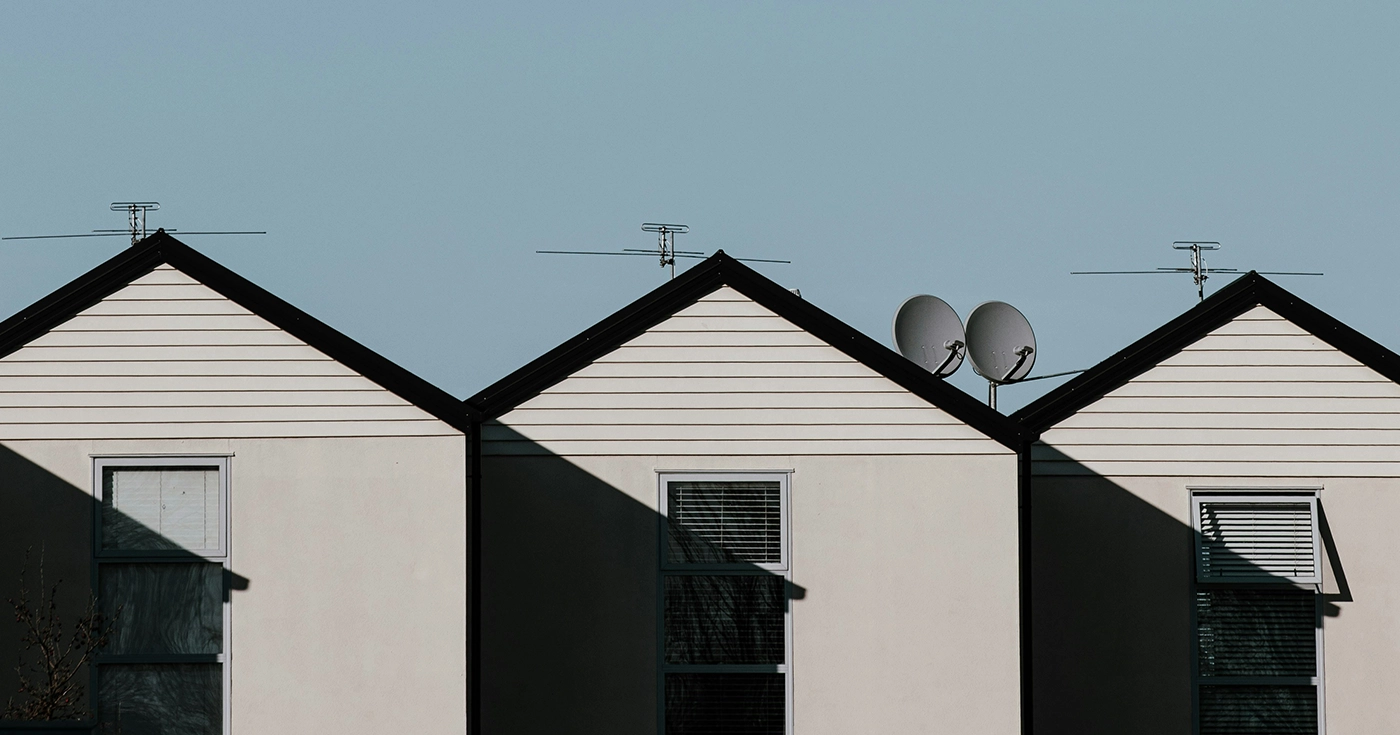
900,000 homes missing: the challenge of new housing in Spain
Last Updated on 21 July 2025 by Equipo Urbanitae
That Spain needs housing is evident—and it’s a challenge citizens face across the entire country. According to the January 2025 barometer published by the Center for Sociological Research (CIS), housing is now considered the main issue for Spanish society, reaching its highest concern level since 2008. And it’s no wonder: the housing deficit in Spain grows each year, and the gap between the creation of new households and the availability of homes keeps widening.
The growing imbalance between households and housing
To understand why prices have skyrocketed to current levels since the housing bubble, it’s important to consider a key figure: since 2010, Spain has created 1.9 million new households, but only about 1.2 million homes have been completed. This leaves an accumulated shortfall of over 740,000 homes, which continues to increase each quarter. In fact, over the past four years, for every 182,300 new households formed annually, only 84,400 homes are built. This trend isn’t new, but it has intensified since the pandemic, driven by population growth, the rise of single-person households, and economic recovery.
The consequences are visible in INE data: in 2024, the price of free-market housing rose by 8.4%, the sharpest increase since 2007. And for new construction, the price hike was even more pronounced: an average of 10.9%. The market is at a tipping point: demand has never been so far from supply, and demographic and social imbalances are fueling this tension.
Madrid, Barcelona, and Valencia: the areas under greatest pressure
The housing deficit is not spread evenly. According to the appraisal firm UVE Valoraciones, more than half of the shortage is concentrated in three major urban centers: Madrid, Barcelona, and Valencia. The capital tops the list with a deficit of over 200,000 homes, followed by Barcelona (148,000) and Valencia (98,000). Across Spain, the accumulated shortfall is now close to 900,000 homes needed to meet demand. This imbalance is partly due to the economic and employment dynamism of these areas, which act as magnets for young workers and families seeking opportunities.
The problem is that, while demand continues to grow steadily, the supply of new housing struggles to take off. In Madrid alone, just 18,800 new homes were started in the past year—a figure that barely covers a quarter of what’s needed to begin correcting the imbalance. The same applies to Barcelona and Valencia, where development activity is far from keeping up with the steady creation of new households.
The rise of tourism and foreign investment fuels the housing shortage
Pressure on the residential market doesn’t come only from natural population growth. Other factors amplify the problem. The boom in unregulated short-term rentals, especially in high-tourism areas like Málaga, Valencia, or Alicante, removes thousands of homes from the supply available to residents. For example, since 2007, Alicante has seen over 214,000 property sales to non-residents, while Málaga has recorded more than 125,000. These figures, combined with strong international investment appeal, help drive up prices and displace many local buyers.
The European commission and IMF weigh In
The severity of the issue has prompted international institutions like the European Commission and the International Monetary Fund to recommend urgent measures. According to the IMF, Spain must prioritize increasing the supply of new housing, especially in areas with land scarcity, and speed up construction permitting processes. The European Commission agrees with this assessment and emphasizes that reforming the Land Law is key to unlocking projects, reducing administrative delays, and providing more certainty to developers and investors.
Moreover, Brussels warns that the low share of social rental housing (just 1.5% of the housing stock, compared to the European average of 9%) contributes to price tensions. It has therefore urged Spanish authorities to triple funding for affordable housing and to release public land to enable new developments.
One of the proposals on the table is to mobilize vacant housing. The government estimates there are three million unused properties, but as sector experts note, many of these homes are not located in high-demand areas or have conditions that make it difficult to bring them to market. Examples include inherited properties divided among several owners, homes in municipalities with declining populations, or old buildings that require expensive renovations.
“Finalist” land and fewer barriers: two keys to solving the deficit
The root of the problem is clear: there is a lack of ready-to-build land (“finalist land”). Converting rural land into developable urban land can take between 10 and 15 years—or even more than 20 in some cases. This slow pace, along with bureaucratic hurdles and legal uncertainty, stalls housing development.
To change this dynamic, an ambitious reform is needed to streamline procedures, provide security for developers and investors, and sustainably increase the stock of available housing. Among the measures proposed by international institutions and real estate experts like consulting firm Colliers, key points include simplifying permitting, allowing for self-declared compliance for certain projects, and creating territorial plans that coordinate all involved government entities.
In this context, investment platforms such as Urbanitae can play a crucial role by channeling funding toward new housing developments that help reduce the housing shortfall. For investors—both institutional and retail—this scenario also presents opportunities to participate in a sector with strong demand and a growth outlook that is likely to remain a central theme in the coming years.

